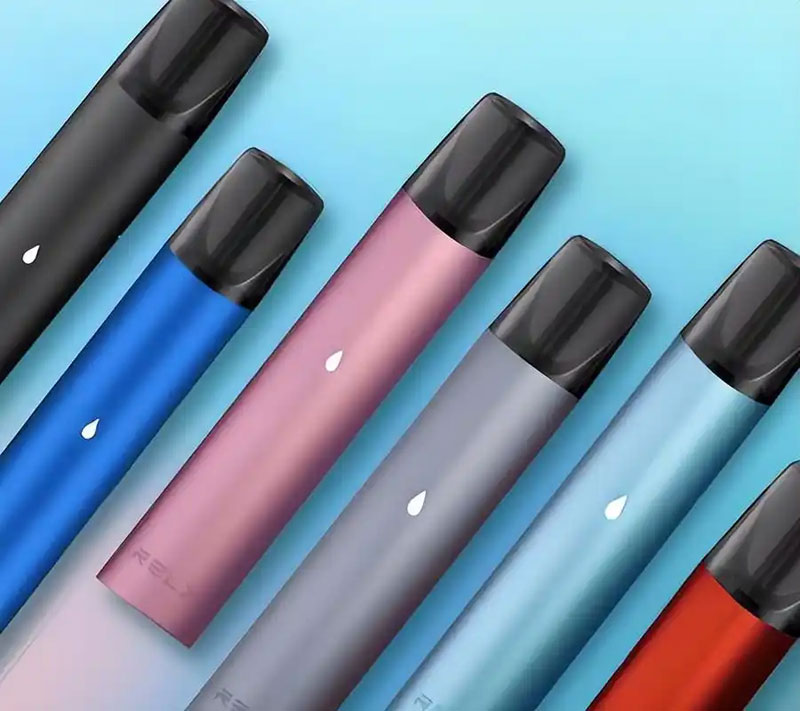E-cigarettes, often marketed as a safer alternative to traditional smoking, have gained substantial popularity over the years. However, there is growing concern about toxic chemicals in e-cigarettes that may significantly impact health. The allure of these devices lies in their purported safety, yet the reality may be quite different. Understanding the intricacies of what these products contain is crucial for consumers.
The primary function of e-cigarettes is to deliver nicotine through vaporization. This vaporization process might sound harmless, but it involves the decomposition of liquid into numerous potentially harmful compounds. Recent studies have shed light on several toxic chemicals in e-cigarettes that are released during this process.
- Formaldehyde: A known carcinogen found in vapor, originating from the heating coils used in e-cigarettes.
- Acrolein: An irritant to the lungs, and respiratory tract, produced when vaping.
- Diacetyl: Linked to “popcorn lung”, a severe and irreversible lung condition.

 The potential presence of these chemicals raises questions about the safety claims often made by e-cigarette manufacturers. While nicotine itself poses several health risks, the additional exposure to these harmful substances can aggravate health issues.
The potential presence of these chemicals raises questions about the safety claims often made by e-cigarette manufacturers. While nicotine itself poses several health risks, the additional exposure to these harmful substances can aggravate health issues.
Comprehensive Insights into E-cigarette Safety
To further understand the ramifications of these substances, consider how they interact within the body. Formaldehyde exposure is known to cause a plethora of health issues, most notably increasing one’s risk of developing cancer. Similarly, acrolein damages the lining of the lungs, making individuals susceptible to chronic diseases.
It’s critical to understand that the manufacturing quality and the design of e-cigarettes can influence the level of toxic chemicals emitted. Products that contain inferior quality components or apply excessive heat during vaporization tend to release higher concentrations of these harmful substances.
Comparative analyses with traditional cigarettes often indicate a reduction in similar toxic chemicals, yet it is the emergence of new compounds in e-cigarettes that poses a novel threat. Therefore, exploring and regulating the materials used in e-cigarettes becomes paramount.The Regulatory Landscape
As the potential health risks become more apparent, regulatory bodies across the globe are taking rigorous steps to examine and control the use of e-cigarettes. Enforcement of stricter standards is vital to ensuring manufacturers comply with health guidelines to minimize exposure risks.
The Food and Drug Administration (FDA) in the United States, for instance, has started to apply tighter controls and mandated disclosures about ingredient lists. This transparency enables consumers to make informed choices and demands accountability from producers. Encouraging research and development in creating safer alternatives could propel the industry towards innovative solutions, reducing reliance on harmful chemicals.Frequently Asked Questions (FAQs)
- Are e-cigarettes really safer than traditional cigarettes?
- While they lack tar and several carcinogens found in tobacco smoke, e-cigarettes contain different toxic chemicals that pose their own health risks.
- Can e-cigarettes help with quitting smoking?
- Many use e-cigarettes as a stepping stone to quitting, yet the presence of nicotine still constitutes addiction. Professional cessation programs might be more effective.
- What should consumers look for when choosing e-cigarettes?
- Opt for reputable brands with transparent ingredient lists and superior manufacturing practices to minimize exposure to harmful chemicals.
In conclusion, while e-cigarettes are often touted as a safer alternative, the reality of toxic chemicals in e-cigarettes requires careful scrutiny and informed choices from consumers.
